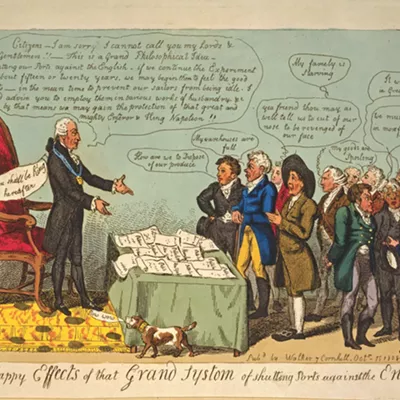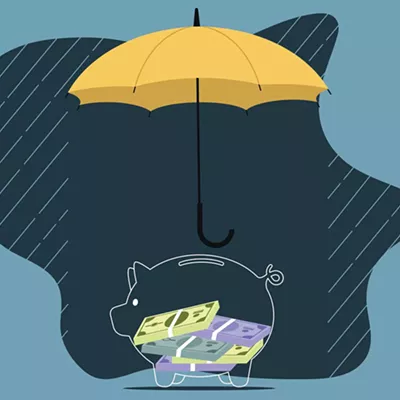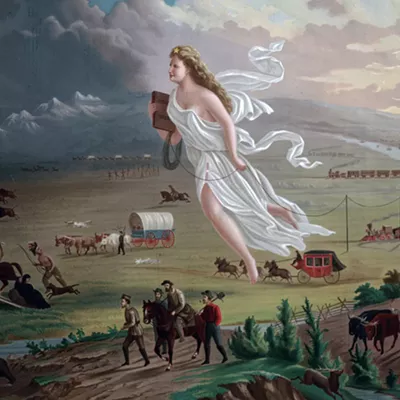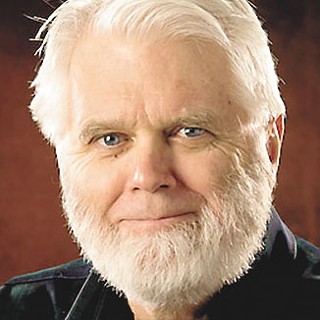Ross Douthat’s thoughtful Sept. 12 New York Times column, “The President’s Do-Over,” is a must-read for two reasons: first for what Douthat tells us about the errors made by the Obama administration and second, for what he doesn’t tell us.
Douthat takes us back to 1993, when Bill Clinton confronted the recession that had resulted in George H.W. Bush’s defeat. As would Barack Obama some 18 years later, Clinton consulted the Keynesian playbook: a stimulus bill.
Alice Rivlin, who was then Clinton’s deputy director of the Office of Management and Budget, carried the request to Congress. She effectively made the case that stimulus money was needed to help the country out of the recession.
Rivlin left Congress with three warnings. First, she urged that stimulus money be focused directly on short-term needs — aid to state governments, extension of unemployment benefits, money for “genuinely shovel-ready” projects and a “payroll tax holiday.” The stimulus package should not address more strategic investments, such as energy, education and infrastructure, which would “guarantee bills that would be poorly designed.”
Secondly, she argued that, if anything, the problem should be overstated. Better for morale. She took a page from the strategy of David Stockman, who, as Reagan’s budget director, new on the job, informed the public that he had to report that the problems left by Jimmy Carter were much worse than expected. Bold action was urgently needed.
Rivlin’s third warning went to the question of deficits. She urged the Congress, even while it moved to stimulate the economy, to not lose sight of the rising debt problems. She specifically cited the need to reform entitlement programs and urged that this challenge not be put on the back burner.
Rivlin’s warnings still hold today, and President Obama has ignored all three.
Obama's Democratic Congress seized on its big majorities to stimulate everything but the proverbial kitchen sink. And when it came to describing the problem, Obama’s team has actually understated the challenges. Recall that they predicted that unemployment “might” go as high as 8 percent. (It’s currently over 9 percent.)
Compare that to what Winston Churchill told the British public in his first speech as Prime Minister: “I would say to the House as I said to those who have joined this government: I have nothing to offer but blood, toil, tears and sweat. We have before us an ordeal of the most grievous kind. We have before us many, many long months of struggle and of suffering.”
To be fair, Obama never said, “Don’t worry.”
He didn’t do what Bush did following 9/11 and urge his “fellow Americans” to spend, borrow, and spend more. But neither did he warn the public that the slog would be long and painful.
Stockman, if confronted by the crisis of 2009, might have warned that, without quick and decisive action, unemployment might rise as high as 15 percent. (Obama did a much better job warning about the dire consequences of failing to address the meltdown of the financial sector, and he certainly stood up to the dismal prospect of losing the American automobile industry.)
As for Rivlin’s third warning, about the need to consider the debt problem, especially entitlement challenges — again Obama’s performance has been tepid, at best. In his 2011 State of the Union, he all but ignored the recommendations of his very own commission, Simpson-Bowles. He seemed to be dragged into the matter of entitlement reform. And then, to make matters worse, he allowed the issue to be de-coupled from the jobs crisis.
All in all, not an inspiring performance.
As for what Douthat didn’t address, I refer to the “compared to what” question.
To get at this, we need to compare contexts. Clinton, for example, was dealing with a recession, not the collapse of the entire financial sector and its resulting credit seizure. Clinton’s recession also did not carry the prospect of a ripple effect that could lead to international disaster. Nor had Clinton been handed an eight-year-old war, entirely funded off-budget — a war eating upwards of $12 billion a month with no end in sight.
And while Clinton did confront the Republicans’ near-doubling of the national debt (1981-92), in addition to the banking crisis and all those war costs on the books, Obama faced the Bush II debt explosion — a doubling of the national debt from 2001-08. Clinton just had a lot more running room.
Yes, from 1994 on, Cinton did face a hostile ideological Congress that would waste years and hundreds of millions of dollars on trivial, even perfidious matters: Whitewater, Monica Lewinsky, “Who killed Vince Foster” and let’s not forget Hillary firing her travel office staff.
Clinton did face a level of partisan nonsense not seen since Republicans charged Democrats with “losing China” way back in 1948 and cited Dean Acheson for being a communist sympathizer. (Remember what they called him? “The Red Dean” — this for the architect of America’s containment strategy?) But Clinton didn’t walk into an economic firestorm, nor did he face an opposition whose only clearly stated agenda was seeing to it that he didn’t win a second term for the reason that if he did, “real” America couldn’t “return to normalcy” (to paraphrase the Republican mantra during the Roaring ’20s).
“Compared to what?” That’s the question voters will ask as they decide how to vote in 2012. Inevitably, America will be asked to compare Obama’s stumbles in trying to solve these problems to the brand of politics that actually produced these problems.






















